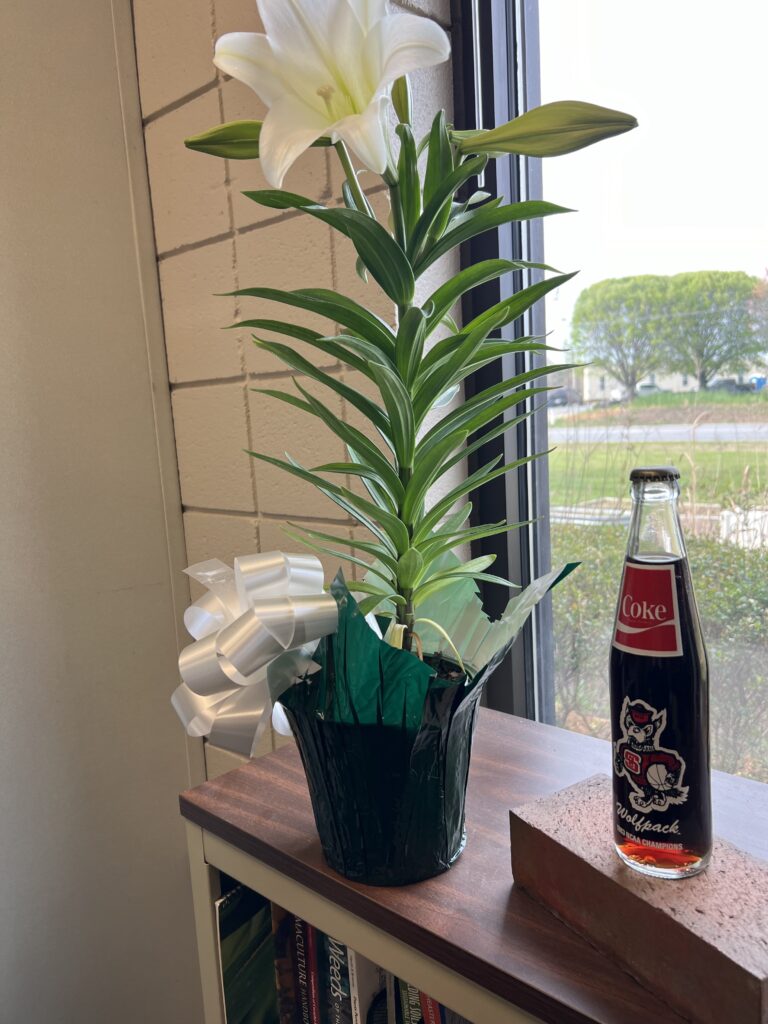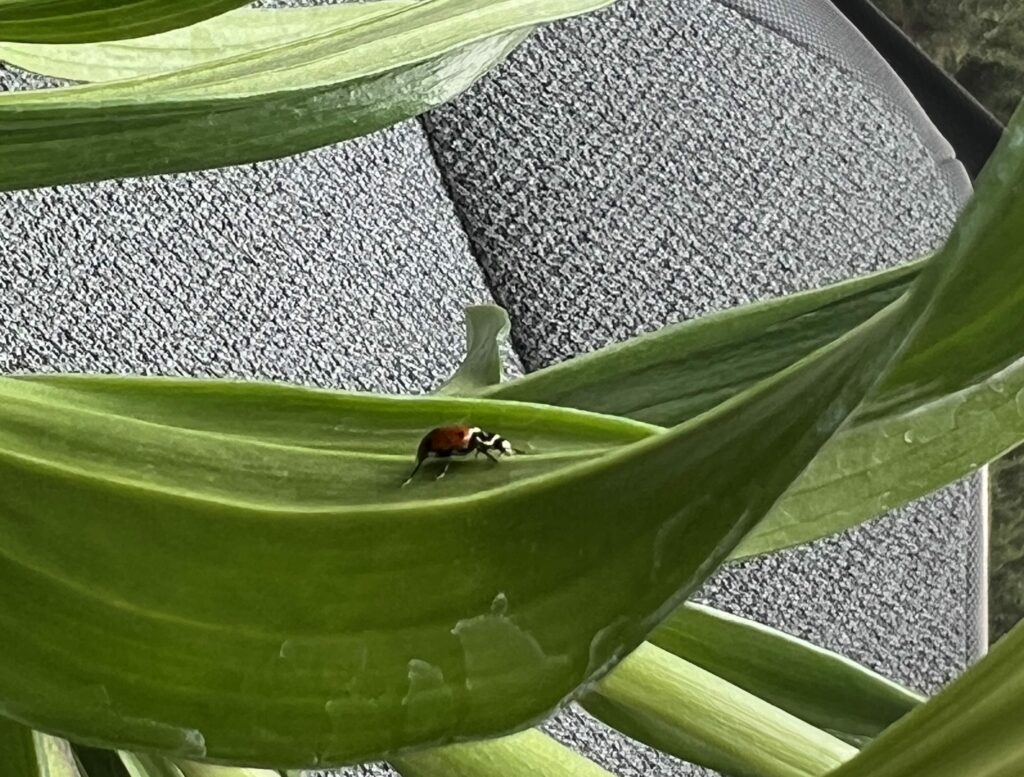Gaston Grower Spotlight March / April 2024
go.ncsu.edu/readext?995623
en Español / em Português
El inglés es el idioma de control de esta página. En la medida en que haya algún conflicto entre la traducción al inglés y la traducción, el inglés prevalece.
Al hacer clic en el enlace de traducción se activa un servicio de traducción gratuito para convertir la página al español. Al igual que con cualquier traducción por Internet, la conversión no es sensible al contexto y puede que no traduzca el texto en su significado original. NC State Extension no garantiza la exactitud del texto traducido. Por favor, tenga en cuenta que algunas aplicaciones y/o servicios pueden no funcionar como se espera cuando se traducen.
Português
Inglês é o idioma de controle desta página. Na medida que haja algum conflito entre o texto original em Inglês e a tradução, o Inglês prevalece.
Ao clicar no link de tradução, um serviço gratuito de tradução será ativado para converter a página para o Português. Como em qualquer tradução pela internet, a conversão não é sensivel ao contexto e pode não ocorrer a tradução para o significado orginal. O serviço de Extensão da Carolina do Norte (NC State Extension) não garante a exatidão do texto traduzido. Por favor, observe que algumas funções ou serviços podem não funcionar como esperado após a tradução.
English
English is the controlling language of this page. To the extent there is any conflict between the English text and the translation, English controls.
Clicking on the translation link activates a free translation service to convert the page to Spanish. As with any Internet translation, the conversion is not context-sensitive and may not translate the text to its original meaning. NC State Extension does not guarantee the accuracy of the translated text. Please note that some applications and/or services may not function as expected when translated.
Collapse ▲Gaston Grower Spotlight March/April 2024

The Madness of March: Basketball & Easter Lily
How is your March Madness bracket doing? The Wolfpack has been ruining brackets across the country and I couldn’t be happier. With basketball the work that is put in through the Fall and Winter show in the big tournament. It’s not much different when it comes to the production and distribution of Easter Lily. A majority of Easter Lily bulbs are produced in a small region along the California-Oregon coast. These bulbs are dug in the fall by those growers and shipped across the country to greenhouse operations to begin the process of providing a finished product. Easter Lily typically flowers in the summer so for this symbol of purity, hope, and new beginnings to be ready for the Easter holiday it must be forced to flower out of season. The bulbs are cooled for around six weeks and then temperatures are manipulated in the greenhouse to develop flower buds timed just right for the holiday. Then comes the madness of March or April depending on the year to get the finished product to the local consumer.
Once a very popular tradition amongst many greenhouse growers in the area the tradition of forcing Easter Lily has declined among many local growers. We have one local grower grower keeping this tradition alive in our community. Timing the forcing correctly to align with Easter has become like second nature for the local garden center. The warm greenhouse environment full of lush lilies does invite unwelcome pests like aphids. They utilizes lady beetles as a biological control. The beetles feed on the aphids keeping the plants healthy before they are purchased. Keeping with our March Madness theme, notice the fierce predator in the photo below is red rather than a shade of blue.

Easter Lily Care
Remember when purchasing to select healthy looking plants with buds at different stages (with one or two open flowers). It is best to remove any decorative sleeve that may be around the pot; place the plant in indirect sunlight. These plants prefer even moisture, so it is best to water as you see the top of the soil begin to dry. As the flowers begin to open you can remove the yellow anthers easily to prolong the life of the blooms. As the flowers die you can pinch them off from the stem.
You do not have to throw the plant away once all the blooms are spent, rather plant it outdoors, we should be free of frost when the time comes. Acclimate the plant to the outdoors by placing the pot in indirect sunlight for around a week before planting. Easter Lily prefers rich organic soil that does not hold water. Amending your clay with a rich organic potting soil will give the plant its best odds at survival. Plant in a location with dappled sun or that receives morning sun and afternoon shade. Allow the foliage to turn completely yellow in late fall before cutting the plant back to the ground. Insulate the plant with a mulch cover for the winter. It will hopefully be blooming for you next August. As a word of warning this plant is extremely toxic to cats and is not recommended for those with feline companions.




